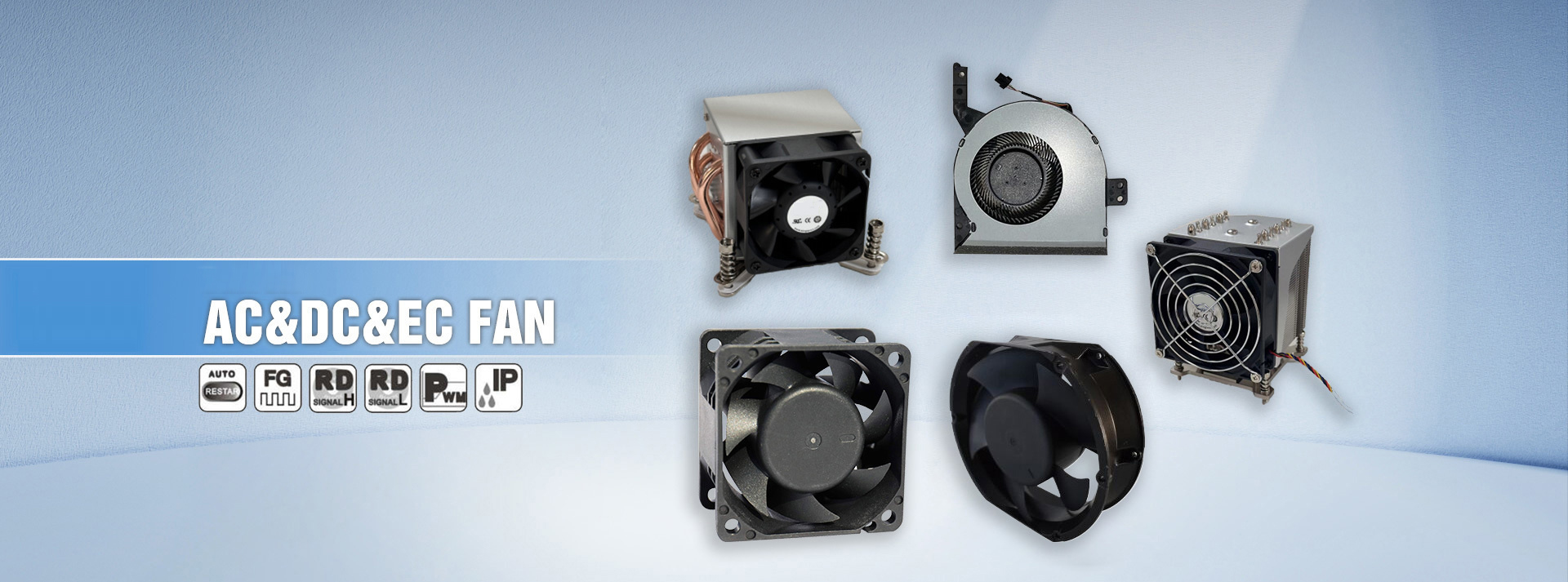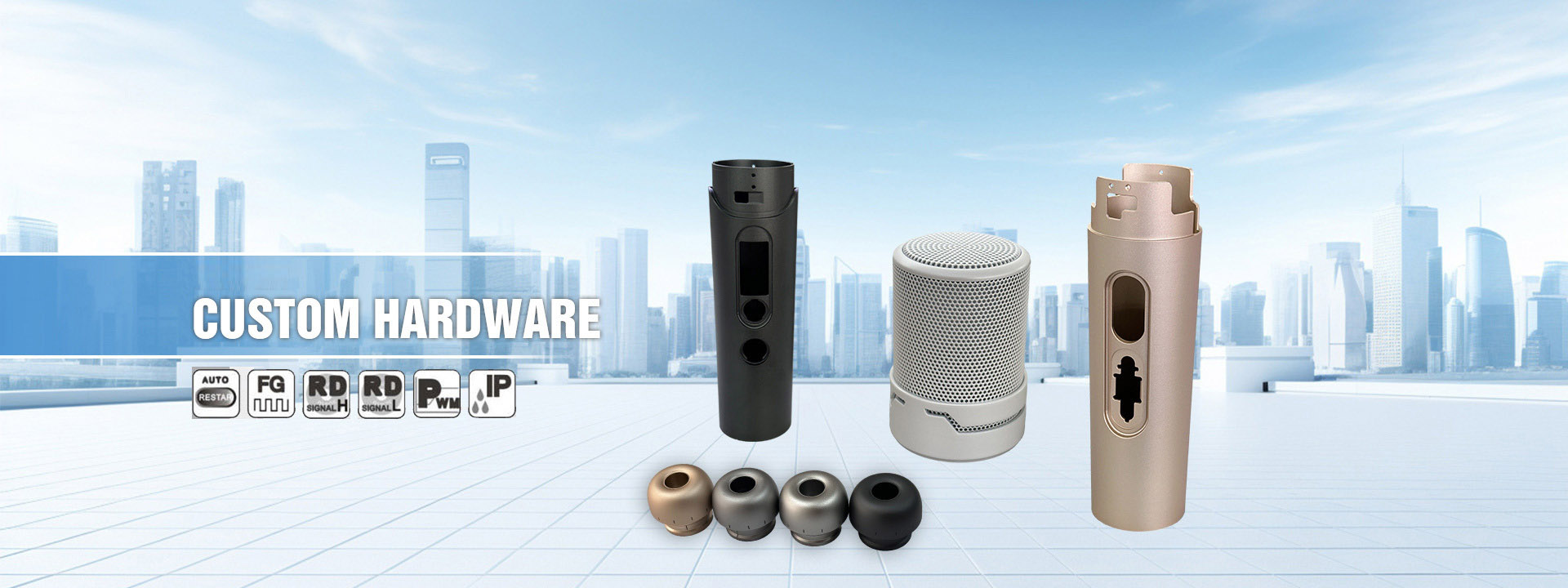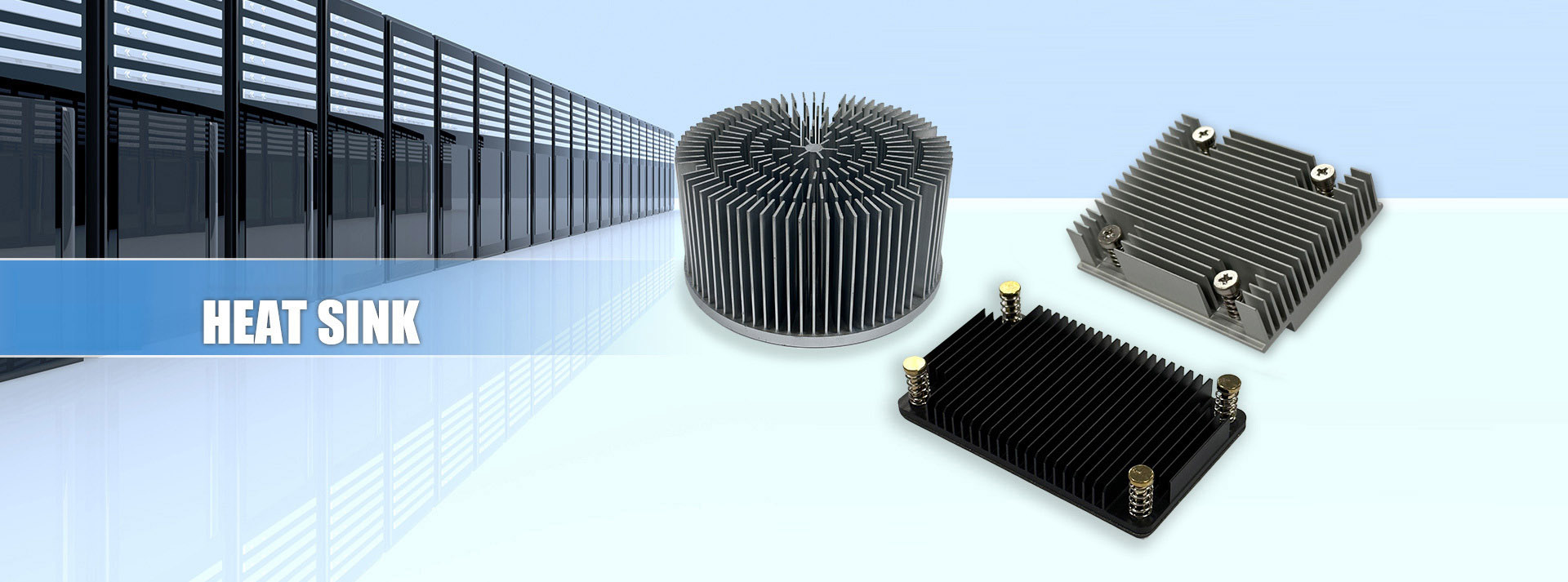How to Maintain a Computer Heat Sink?
1.Clean the Heat Sink and Fan
Dust and dirt often accumulate on the heat sink and fan, obstructing airflow and causing poor heat dissipation. Use a can of compressed air to clean the surface of the heat sink and the fan blades to ensure they remain dust-free.
Dust and dirt often accumulate on the heat sink and fan, obstructing airflow and causing poor heat dissipation. Use a can of compressed air to clean the surface of the heat sink and the fan blades to ensure they remain dust-free.
2.Replace the Thermal Paste
Thermal paste (or thermal compound) helps transfer heat between the heat sink and the CPU. Over time, it can dry out or degrade, reducing cooling efficiency. To replace it, remove the old heat sink, clean off the old thermal paste, and apply a fresh, even layer of thermal paste before reinstalling the heat sink.
Thermal paste (or thermal compound) helps transfer heat between the heat sink and the CPU. Over time, it can dry out or degrade, reducing cooling efficiency. To replace it, remove the old heat sink, clean off the old thermal paste, and apply a fresh, even layer of thermal paste before reinstalling the heat sink.
3.Check Fan Operation
If the heat sink fan slows down or stops spinning properly, check if the fan cables are loose or damaged. If a replacement is needed, ensure you select the correct fan model that is compatible with your heat sink.
If the heat sink fan slows down or stops spinning properly, check if the fan cables are loose or damaged. If a replacement is needed, ensure you select the correct fan model that is compatible with your heat sink.
4.Optimize Heat Sink Placement
The positioning of the heat sink can affect cooling performance. Ensure it is not blocked by other objects and that there is adequate airflow around it. If possible, place your computer in a well-ventilated area to prevent overheating.
The positioning of the heat sink can affect cooling performance. Ensure it is not blocked by other objects and that there is adequate airflow around it. If possible, place your computer in a well-ventilated area to prevent overheating.
5.Ensure Proper Airflow Inside the Computer
In addition to maintaining the heat sink, make sure the computer’s internal components have proper ventilation. Clean dust from inside the case to maintain airflow and prevent excessive heat buildup from other hardware components.
In addition to maintaining the heat sink, make sure the computer’s internal components have proper ventilation. Clean dust from inside the case to maintain airflow and prevent excessive heat buildup from other hardware components.
6.Adjust Fan Speed
Some computer motherboards allow users to adjust fan speed settings. You can enter the BIOS settings or use specific software to control fan speed and improve cooling efficiency.
Some computer motherboards allow users to adjust fan speed settings. You can enter the BIOS settings or use specific software to control fan speed and improve cooling efficiency.
Use a Cooling Pad (For Laptops)
If you are using a laptop, consider using a cooling pad to help dissipate heat and improve airflow.





